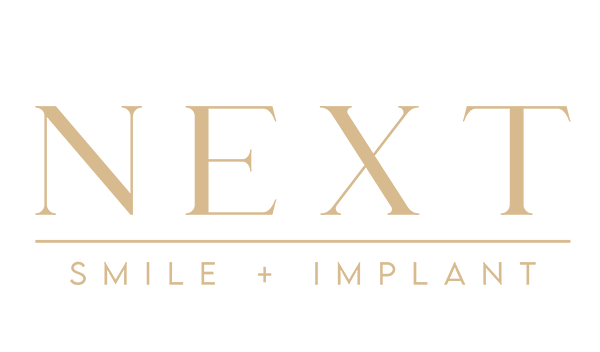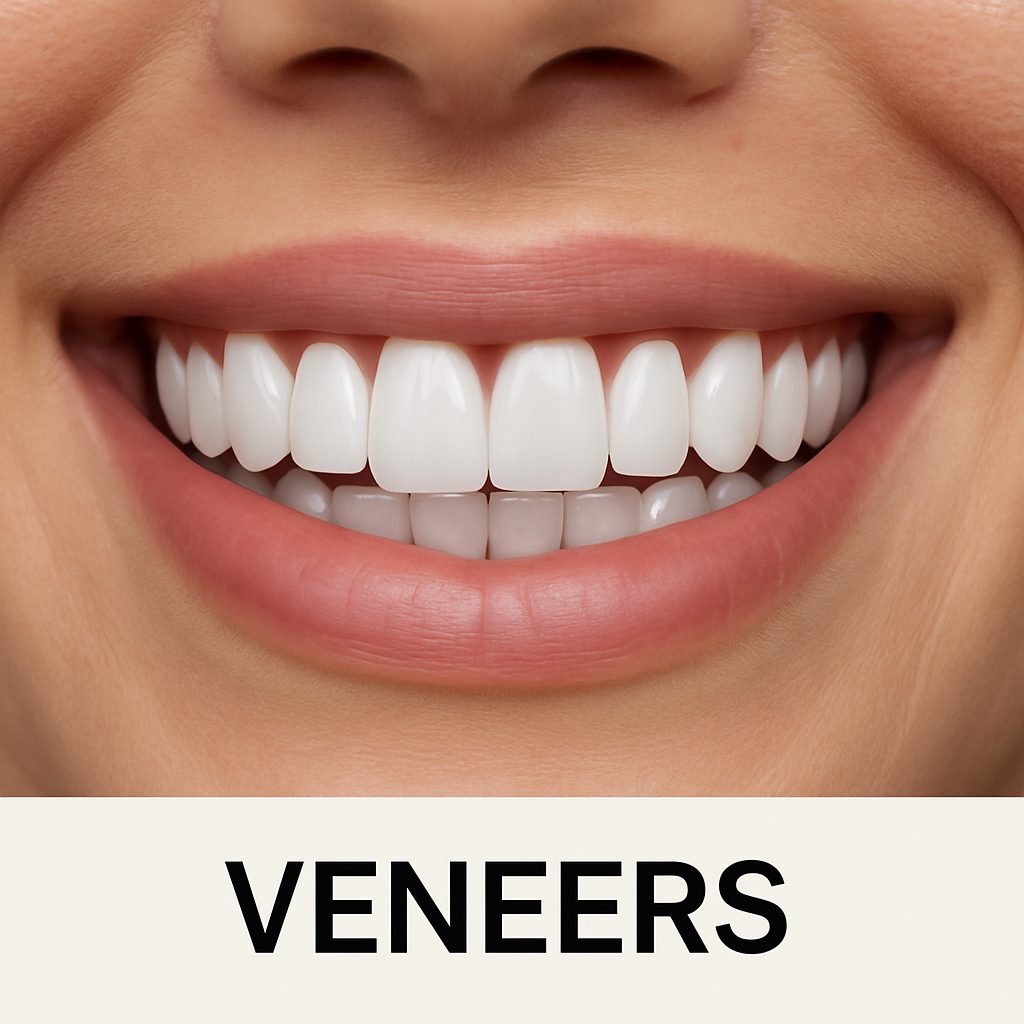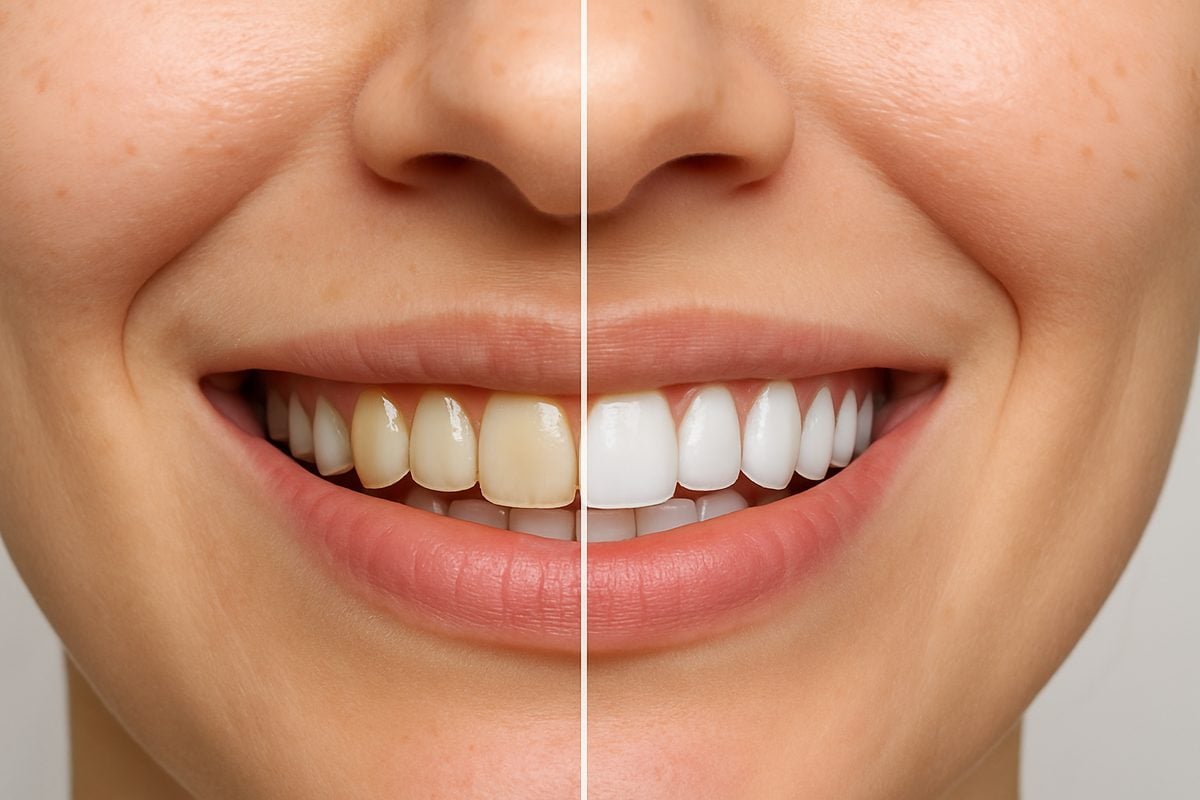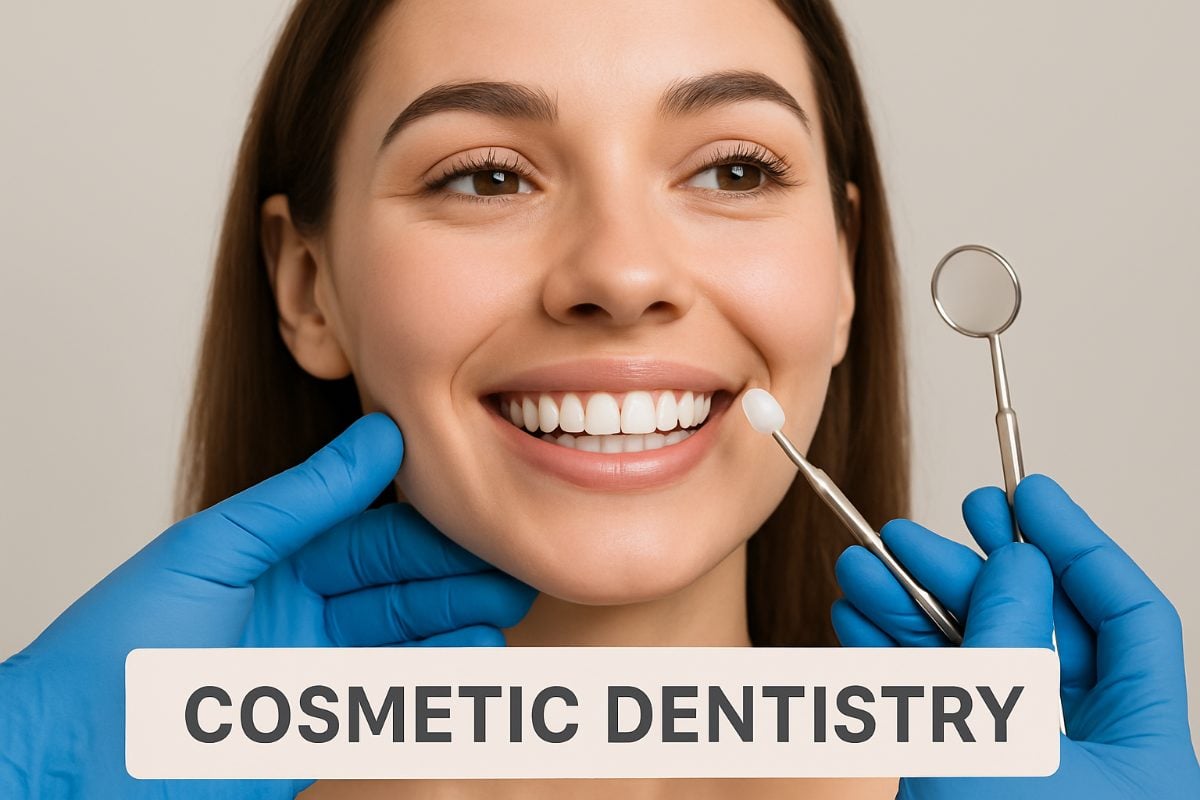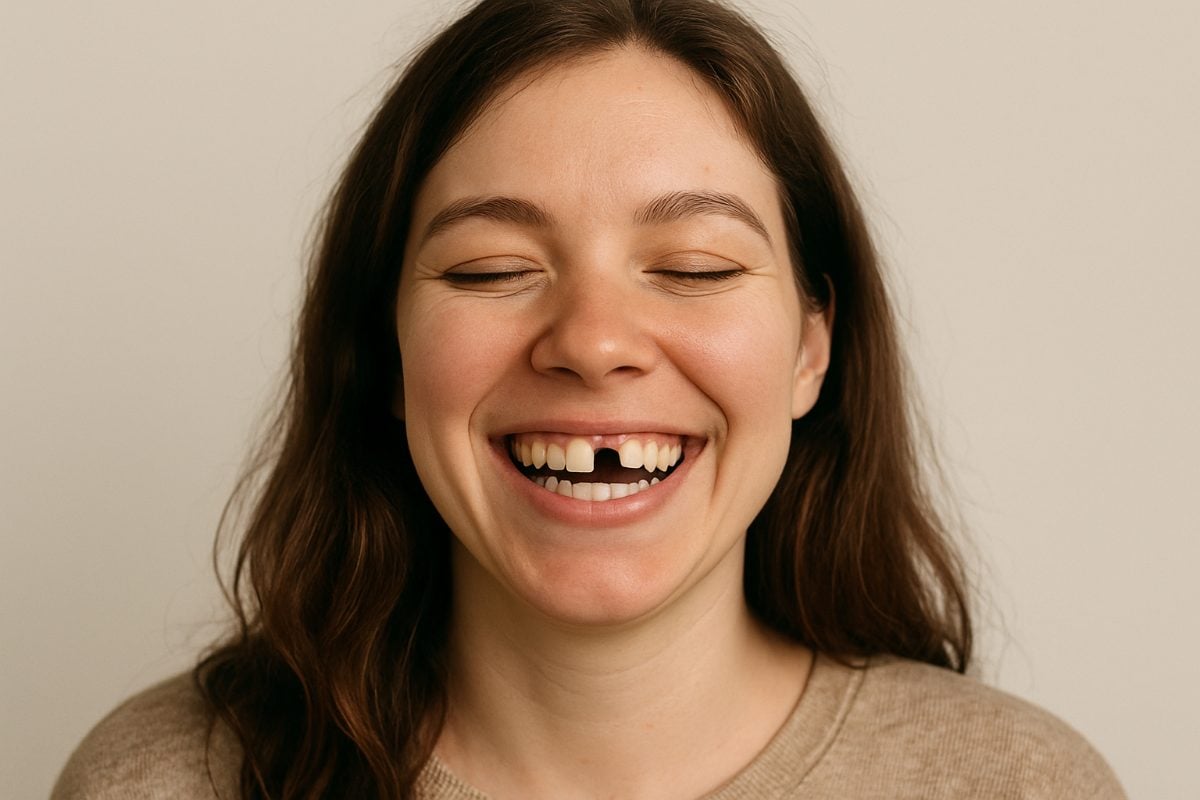Dental Blog - Thousands Oaks, CA
Tips, Facts, And The
Latest In Dentistry

Exploring Tooth Crown Alternatives: Innovative Approaches for Long-Lasting Dental Restorations
Posted in Tooth Crowns
Posted on May 18, 2025 by Next Smile+Implant
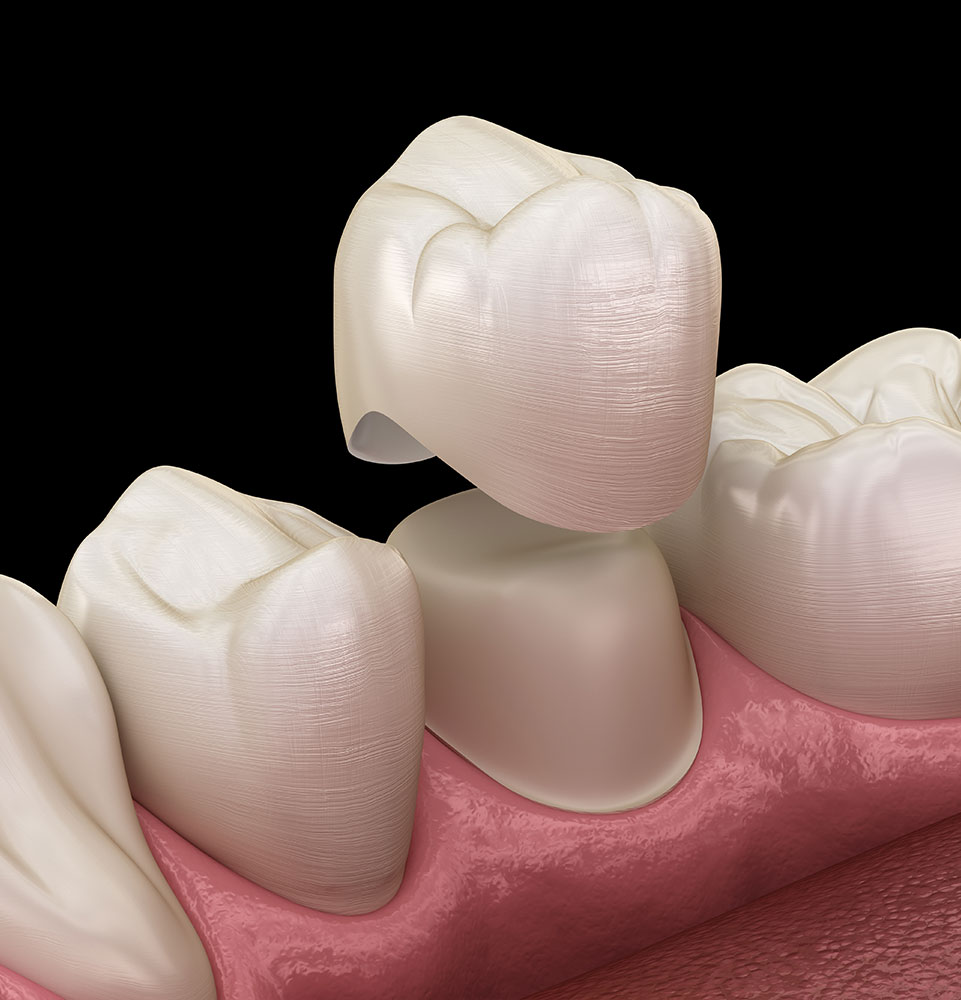
The world of dental restorations is evolving, offering patients exciting alternatives to traditional tooth crowns. Innovative prosthodontic options provide versatile solutions tailored to meet varied dental needs. Understanding these alternatives is crucial for making informed decisions about oral health. Some key alternatives include inlays, onlays, dental veneers, and dental bondings, each offering unique benefits. These methods not only aim to preserve more of the natural tooth structure but also enhance overall dental health. By exploring these options, dental patients can find a solution that aligns perfectly with their aesthetic goals and functional requirements.
Choosing a tooth crown alternative allows patients to enjoy benefits such as improved comfort, enhanced durability, and a more natural appearance. Unlike traditional crowns that can require significant tooth reduction, alternatives like veneers and onlays can retain more of the existing tooth. These options offer lasting durability, often equivalent to or exceeding traditional crowns, due to the use of advanced materials. In the rapidly advancing field of dental technology, these new practices provide a promising outlook for your oral health. Consequently, patients might find these alternatives to be more suited to their personal preferences and dental health goals. Embracing these innovative solutions can lead to a healthier and more confident smile.
Material Choices and Their Impact on Dental Restoration
Understanding the materials used in tooth crown alternatives is essential in determining the best option for longevity and appearance. Modern alternatives make use of ceramics, composites, and even zirconia, a robust material known for its exceptional strength and aesthetic appeal. Ceramics offer a translucent appearance that closely mimics natural teeth, while composites provide a cost-effective but visually pleasing alternative. Zirconia, with its remarkable fracture resistance, stands out as a prime choice for areas requiring maximum strength, such as molars. These materials ensure that restorations not only achieve desired aesthetics but also withstand the wear and tear of everyday use. Consequently, evaluating material choices thoroughly can lead to a satisfactory and long-lasting restorative outcome.
When selecting a tooth crown alternative, it’s important to consider the interaction between different materials and existing dental structures. Dental specialists assess several factors, such as the location of the tooth, the patient’s bite, and gum tissue response, to recommend the most appropriate material. Each material comes with its pros and cons; for instance, while composites are minimally invasive, they may not be as durable as ceramic or zirconia in heavy-biting areas. Keeping abreast of the latest material developments can significantly impact the success of restorations, providing tailored solutions that meet both functional and aesthetic requirements. Thus, informed decisions backed by professional guidance can lead to tremendous satisfaction and oral health preservation.
Comparative Analysis: Traditional Crowns vs. Modern Prosthodontics
The comparison between traditional crowns and modern prosthodontic alternatives reveals a landscape of progressive advancements. Traditional crowns have been a staple in restorative dentistry, known for durability and protection. However, advancements have led to the exploration of alternatives that cater to specific dental needs with precision and finesse. For example, onlays and inlays, often made from high-strength ceramic or composite resins, present a less invasive option. These alternatives preserve more of the natural tooth and seamlessly blend with existing teeth, offering aesthetic advantages over traditional crowns. With these modern solutions, dental patients can achieve restoration without compromising comfort or appearance.
Traditional crowns necessitate considerable tooth reduction, which may not always align with a patient’s long-term dental goals. The rise of alternative techniques provides greater flexibility and choice, allowing for tailored solutions that respect the original tooth structure as much as possible. For instance, dental bondings and veneers offer less tooth preparation while delivering satisfactory functional results. As dental technology continues to advance, prosthodontics increasingly includes options that provide longevity and robustness. Embracing these contemporary alternatives means that patients can select options that are medically advanced while aligning with personal tooth preservation preferences.
Maintaining Your Modern Restorative Solutions
Proper care and maintenance are integral to the longevity of tooth crown alternatives. Just like natural teeth, alternative restorations require regular brushing, flossing, and dental check-ups to maintain their integrity and appearance. Patients must follow the guidance of dental professionals, adapting hygiene practices to safeguard their investment in restorative solutions. Recognizing the importance of ongoing care can enhance the success and lifespan of these cutting-edge restorations, paving the way for a lifetime of healthy smiles.
Therefore, the combined efforts of professional guidance and personal commitment create the foundation for durable and beautiful dental restorations. Are you ready to restore your smile at our skilled and trusted dental practice? Don’t wait to get the smile of your dreams with us. Get in contact with our doctor, Dr. Saeed Yazdianpour and our exceptional team at our practice to schedule an appointment today!
